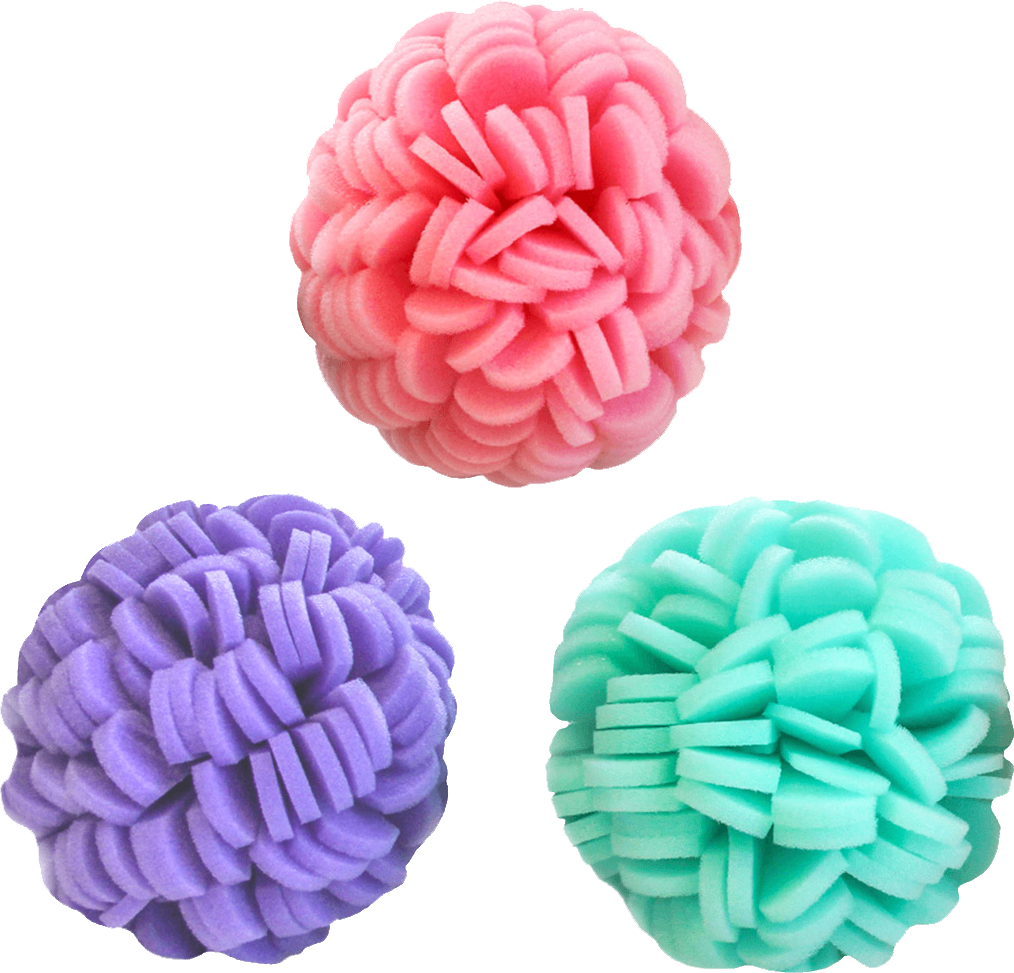Chances are that everyone reading this article has had a pimple at some point in their lives. But did you know that there are numerous types of pimples, ranging from the annoying yet benign to the chronic and potentially disfiguring? We wanted to dedicate today’s post to differentiating some of the most common forms of acne, and when you should seek help from a dermatologist.
Blackheads
Among the most common and easy-to-treat forms of acne are blackheads. Named for their black surfaces, blackheads form when the hair follicles become plugged with dead skin cells and oil. But what causes their signature black color? Surprisingly, it isn’t due to dirt; rather, it occurs when the oil, pus, and other debris in your hair follicle becomes exposed to their air, thus changing the color of your follicle’s contents. Blackheads may result from oil overproduction, a build of acne-causing bacteria on your skin, hormonal fluctuations like puberty or menopause, and certain medications. Fortunately, blackheads are seldom inflamed and can usually be treated with drugstore therapies (Healthline).
Whiteheads
Curious to know the difference between whiteheads and blackheads? It turns out that the differences are pretty minimal. The only thing truly distinguishing a whitehead from a blackhead is that its internal contents have not yet broken through the skin and become oxidized, thus allowing them to retain their signature white surfaces (American Academy of Dermatology, Healthline).
Papules
If your pimple becomes so irritated and inflamed that its wall breaks, then papules will develop. Papules are large, hardened pimples that are usually less than a centimeter in diameter, and can sometimes be surrounded by crusting or scaling. Papules don’t come in a uniform shape; some are dome-shaped, flat-topped, or umbilicated (being slightly depressed) (American Academy of Dermatology, Department of Pediatrics at University of Wisconsin Madison).
Pustules
Pustules are formed in much the same way that papules are formed, and are very similar in appearance. The key difference between papules and pustules is that pustules are filled with a yellow-white pus, are often inflamed, and typically resemble blisters. Pustules may be a sign of a bacterial infection, and can appear on many parts of the body (including the face, back, shoulders, and sweaty regions of the body like the armpits or genitals) (American Academy of Dermatology, Medline Plus).
Nodules
Have you ever had a pimple that resembles a papule, but that is particularly large and inflamed? Then you likely suffer from nodules. Nodules are large beneath-the-skin pimples that can last for quite some time. Even though you may be tempted to squeeze them, don’t bother; nodules seldom contain pus (so there is nothing to squeeze out) and can worsen when you poke, prod, and aggravate them. In fact, nodules can often lead to scarring if treated improperly and drugstore medications seldom can treat nodules, so you should seek assistance from your dermatologist as soon as you notice nodules. Another reason to check in with your dermatologist? Nodules (along with cysts) appear during later stages of moderate to severe breakouts, so you should seek medical intervention before your breakouts get out-of-hand (Progressive Health, WebMD).
Cysts
Cysts are among the most painful, unsightly, and hard-to-treat form of acne. Cysts are pus-filled lesions that appear deep beneath the skin and can cause scarring. Oftentimes, they are due to buildups of oil, bacteria, pus, and other debris in the skin. Cystic acne seldom responds to standard acne treatments, and typically requires prescription-strength topical and oral therapies. Among the most common treatments are isotretinoin (an oral therapy that defends against all causes of acne breakouts) and topical creams and lotions that can unclog one’s pores (American Academy of Dermatology, Brown University, WebMD).
Bottom Line
While not exhaustive, we wanted to dedicate today’s post to understanding some of the most common forms of acne. Even if you notice a fairly innocuous blackhead or whitehead pop-up on your skin, it is best that you see your dermatologist as this may be indicative of an underlying health condition (like polycystic ovary syndrome) or be the beginning stage of a long bout with acne. Aside from using prescribed therapies, your acne would likely benefit from being exfoliated by a strong salicylic acid serum and the ViaBuff Level 1 Exfoliating Buff, which was designed to specifically exfoliate acne-ridden skin.







